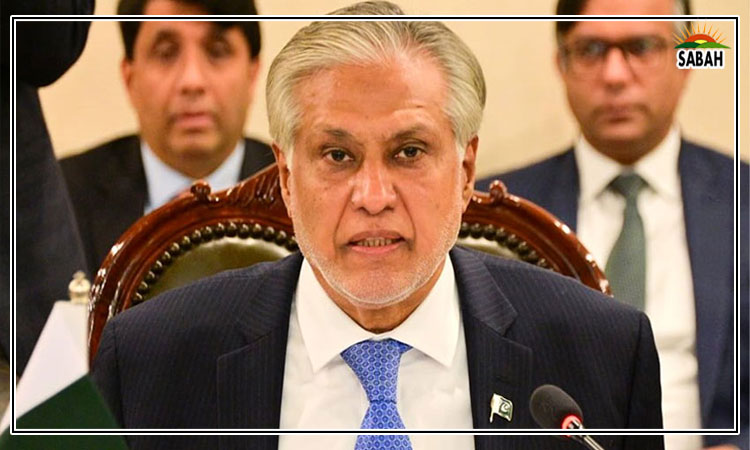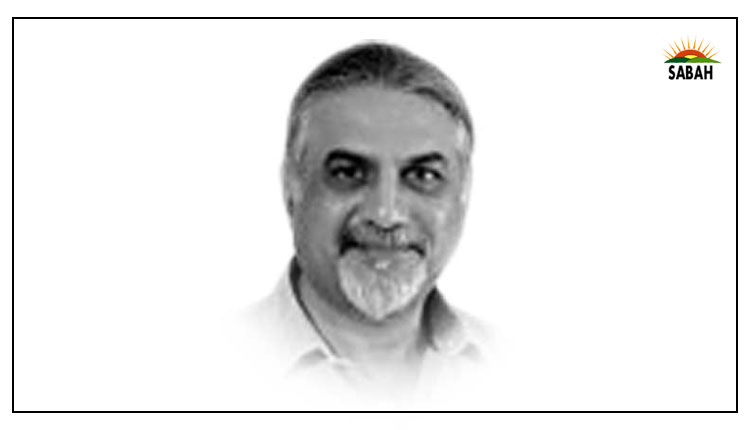China’s global south strategy…Dr Muhammad Ali Ehsan
Prime Minister Narendra Modi of India is visiting the US; and although it was just the first day of his visit, one could already sense the notion of ideological bent that both the American and Indian leadership represents the ideological bent of liberal internationalism. Welcoming the leader of the worlds largest democracy, the US will now take this opportunity to showcase the virtues of a democratic world that we should all love and aspire against the vices of an autocratic world that we should all abhor and fear. But which world is coming that we all will soon confront?
Countries all over the world are weighing their options in how to respond to a multipolar world that is rising fast from the ashes of the unipolar world. Washington and New Delhi represent the global north (India, South Korea, Japan and Australia are part of the global south though, due to their ideological bent they should be considered in global north) but it is actually the collective response of the global south (78 countries of Asia, Latin America and Africa) which will essentially determine how the future multipolar world will function.
The US may be the worlds hegemon but it is China that is not only Asias hegemon but also the strongest actor in the great game being played to determine who would create the maximum influence in the global south in a fast-emerging multipolar world. To reach this end China is already investing in the human and social capital in these regions. President Xi Jinping always refers to China as part of the developing world the global south. And as long as China remains part of this world it will continue to share its own successful developing model with the countries of these regions and thus continue to spread and exert its influence. It was against such a Chinese strategy of leading a largely non-democratic and developing world that President Joe Biden came up with his response during the G-7 meeting in 2021 of B3W (Build Back Better World).
The global north may have its grand strategy of encircling China but one can easily notice the Chinese counter-encirclement concept in how China is deploying its global south strategy against the imperialist north. During chairman Maos revolution the Chinese Communist Party (CCP) employed the strategy of surrounding the Chinese cities from the countryside. It is in the similar fashion now that China is creating a united front of developing countries to encircle and isolate the hegemonic powers of the global north. The strategic tools that China is using to achieve this purpose are the ever-expanding economic aid, investment and various other incentives it is providing to the countries of the global south. Washington may build its national power through a system of alliance and partnerships with the countries of the global north but it is the counter Chinese construction and enhancement of its own national power by creating a united front of developing countries that will pose as the most pressing problem to Washington in the coming years and decades. How is this Chinese strategy unfolding?
Take the example of Africa. Only 2,000 African students were studying in the Chinese universities in 2003, but today that number has increased to over 100,000. Considering that the urban middle class in Africa is expected to grow up to 800 million people in the next 15 years the Chinese investment in the core of African population seems to be a well-planned strategy. Most of these African students speaking the Chinese language and having seen and experienced the Chinese way of life will return to the African continent to serve their respective countries and will most likely become the natural ambassadors of promoting the Chinese culture and its model of governance. We are talking here of a continent of 55 countries with a combined population of 1.3 billion people. Also, Africas combined GDP is $1.3 trillion and if the entire Africa was one country, it would be today the worlds 5th largest economy. Most countries in Africa consider the powers in global north as exploitative that promoted the transatlantic system in the past through which more than 12 million Africans were transported as slaves to these developed countries. From the pain of colonisation to the deeply hurting and inhuman treatment as slaves, the Africans have a mission to re-write history. Doing that would be much easier if they remain under the Chinese and not the American sphere of influence. The contest on who brings Africa under its sphere of influence is not just ideological, but economic too. There are huge reserves of cobalt, platinum and manganese which are an essential resource of the tomorrows world that is being built on batteries and clean hydrogen technologies. Under whose sphere of influence and control these resources are, will largely determine the leader of the tomorrows world. As of now China leads the competition of control of these resources. But what about the Americans?
Americans are surely not sitting with their eyes closed. They must be following the growing Chinese political, economic and social encroachment into the global south. But if the US uses opportunities such as the current visit of PM Modi to frame and announce the world politics as a struggle between democracies and autocracies then it must know that most of this talk falls on deaf ears especially in the global south. It is because not only China but Russia and most countries in the global south consider this as hypocritical. One can attribute global norths hypocrisy to many things but one small example is in how the US itself treats dictatorships and the autocratic world. Of the 50 countries counted by the Freedom House as dictatorships in the world, 35 had received military aid from the US in 2021. Why would you give military aid to dictatorships when you want a democratic world?
Increased Chinese investment in the two other regions of the global south is also worth mentioning. Around 680 million people reside in the 10 ASEAN member states. Chinas trade with them in year 2000 was merely $29 billion. Today it has increased to $669 billion. Similarly, between 2002 and 2019, Chinas trade with Latin American and the Caribbean has increased from $18 billion to $315 billion. Chinas commitment to the developing world of global south is contributing to the lifting of the iron curtain that the exploitative global north had lowered on this region which it treated unfairly, exploited and left with a bitter past. China plans to change all this and to change it to the mutual benefit of all.
Courtesy The Express Tribune












